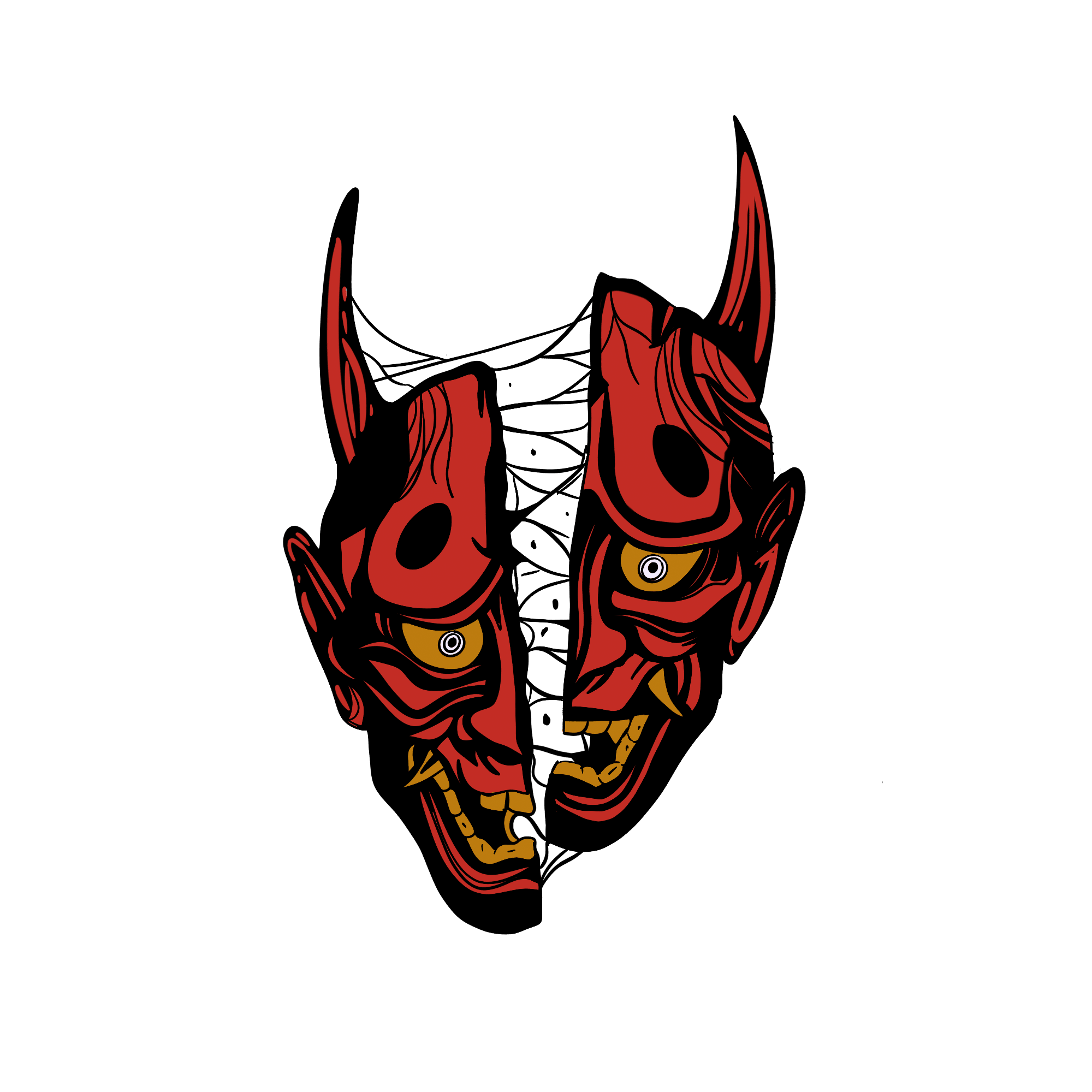AlanHell Tree


The world of demonology is vast, riddled with tales of malevolent entities, power, and mystery. Among these tales emerges the lesser-known, but no less intriguing, figure of Alan, a demon closely associated with the tree and known to serve Astaroth, one of the grand dukes of Hell.
The name "Alan" might not be as commonly recognized as those of Lucifer, Beelzebub, or Azazel, but among scholars of demonology, Alan holds a special place. His origins remain speculative, with some sources hinting that Alan might have been an ancient deity, or spirit of nature, who was later demonized with the spread of Christianity, similar to the tales of many pagan deities.
Astaroth, described in various sources as a grand duke of Hell, is often depicted as a male figure with angel-like wings, riding on a dragon and holding a viper in his hand. As one of the more prominent figures in demonological texts, Astaroth commands legions of lesser demons. Alan, according to certain accounts, is one of these servitors, following Astaroth's biddings and assisting in various tasks.
The nature of Alan's duties remains obscured, but his association with Astaroth gives us an understanding of his possible power and relevance. Serving under a grand duke of Hell would mean that Alan holds a significant rank among the lesser demons.
One of the most intriguing aspects of Alan is his connection with the tree. Trees, across various cultures and religions, have always been symbols of life, connection, growth, and regeneration. The World Tree or the Tree of Life can be found in several ancient mythologies, ranging from Norse to Hindu traditions.
It's possible that Alan's association with the tree could represent a more profound, ancient connection with nature and life. This demon could be a guardian or sentinel of certain sacred groves or forests, holding power over the life and death of trees, and by extension, the ecosystems they support.
The tree's rootedness contrasts the ethereal nature of demons, indicating that Alan might serve as a bridge between the earthly and the infernal realms. This grounding element could be why he was considered a trusted servant of Astaroth, providing balance and a connection to the terrestrial realm.
Given his association with the tree and his servitude under Astaroth, Alan may symbolize the dual nature of life. On the one hand, he represents growth, life, and rootedness, while on the other, he embodies the dark, infernal aspects of existence.
In this duality, Alan's character mirrors the complexities of nature itself—where there's life, there's also decay; where there's growth, there's also destruction. This dual nature might be why Alan was both revered and feared, seen as a protector of nature, but also as a harbinger of death and decay.
While the demon Alan might not be as notorious as some of his infernal counterparts, his unique association with the tree and his servitude under Astaroth make him an enigmatic figure in the world of demonology. He reminds us of the intricate ties between life and death, growth and decay, and the earthly and the divine. The tale of Alan stands as a testament to the rich tapestry of myths and legends that continue to captivate our imagination and reflect our deepest fears and hopes.
Demons



